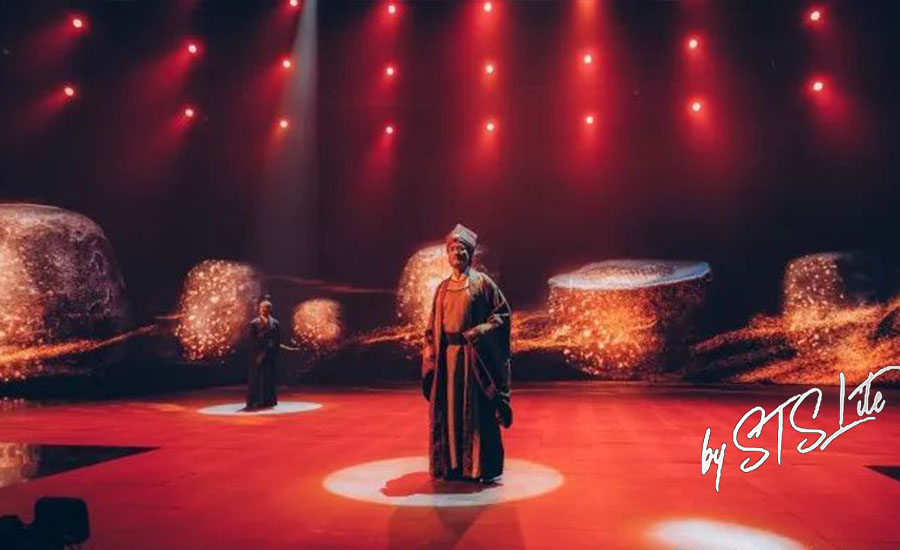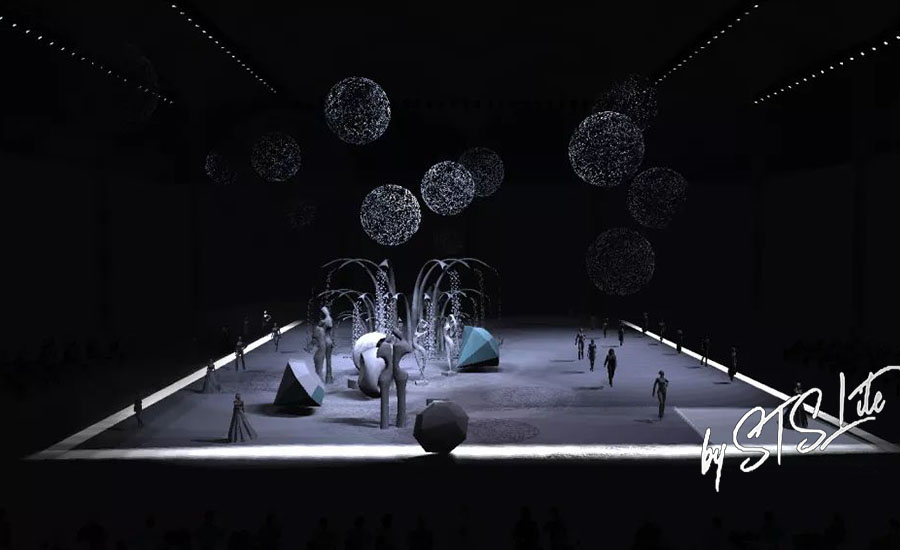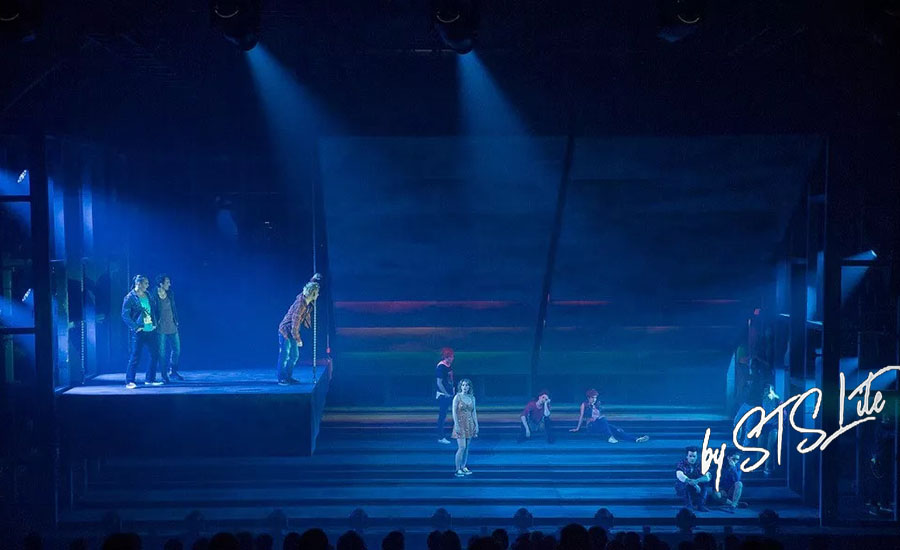Drama performance is a comprehensive art, and stage design is an extremely important part of drama performance. Since the birth of drama, stage art design came into being with the development of drama. Drama performance is a comprehensive art body composed of various departments. In drama performance, theater and stage are the conditions for actors to perform and audiences to appreciate art, and the stage provides a broad space for artists to design dance beauty. As an integral part of stage art, stage lighting design plays an important role.

Stage lighting serves the stage performance, and the stage performance is displayed according to the script. Therefore, stage lighting design should start with getting familiar with the script, fully understand the story structure, ideological theme, character, historical background, season and weather changes required in the plot change, and determine the tone and style of lighting design under the scenes and situations prompted by the script and in the director's overall planning.
With the continuous progress of people's aesthetic concept, stage lighting design has also become an important element of stage effect. So how to design the lighting design scheme suitable for the performance on the drama stage and design the lighting effect that makes the whole performance effect perfect is a major issue in front of today's stage lighting designers. Below, the author will discuss with you some experience he has felt in the practice of stage lighting.

First, starting from the tone of the plot, design stage lights suitable for the plot. As a lighting engineer, you should read through the script and understand the plot, and be able to describe the scenes required by the plot like writing a novel. Then list the scene time change table specified in the play, so as to reasonably grasp the changes of light and color. Because the stage light is not the light of the concert, it is a digital light source, and there should be different light colors and light changes to meet the needs of the ups and downs of the plot in the script. For example, sometimes brilliant, sometimes desolate. Sometimes in spring, sometimes in summer, sometimes in autumn or winter, these should not only be reflected in the actors' clothes, but also through our lighting adjustment to match the actors' performance and the situation of the plot. So that the audience can naturally enter the plot when watching.
Second, we should understand and accept the director's intention to create. The director is the chief dispatcher of the whole play. The director's scheduling and stage design of the whole play are suitable for the rational allocation of the plot. Which light area needs strong light, which light area needs weak light, and which part of the scene needs to cooperate with the actors to change the lighting tone and color, all of which play a certain role in promoting and cooperating with the performance. Without harmonious lighting, the performance effect will disappoint the audience, and we will not achieve the expected effect. Let alone highlight the theme and achieve the perfection of the whole performance. In addition, correctly understanding the director's intention can also reduce detours in lighting design and save manpower and material resources.
Third, we should seriously cooperate with dance scenery, music and other work. If the lighting of a performance cannot be organically combined with the setting, it will not meet the artistic standard required by the plot. The factors that constitute a certain atmosphere on the stage are not only the setting of the stage, not only the costumes and performances of the actors, but also the cooperation of lights. The lighting engineer should strengthen or weaken and continue this atmosphere according to the atmosphere of a certain period of time. Lighting designers should master the plot in the overall layout, so as to achieve the performance environment required by the script, better serve and improve the performance effect.

Objective things themselves have internal movement laws and external manifestations. The lighting design in drama is the same. As long as we grasp the tone of stage lighting, correctly establish the tone of stage lighting, achieve the organic cooperation between light and color, and give full play to the atmosphere regulation role of lighting in the drama stage, we can achieve satisfactory results and enhance the artistic appeal of the performance.
Copyright © 2021 GuangZhou STS Lighting Equipment Co.,Ltd. | All Rights Reserved